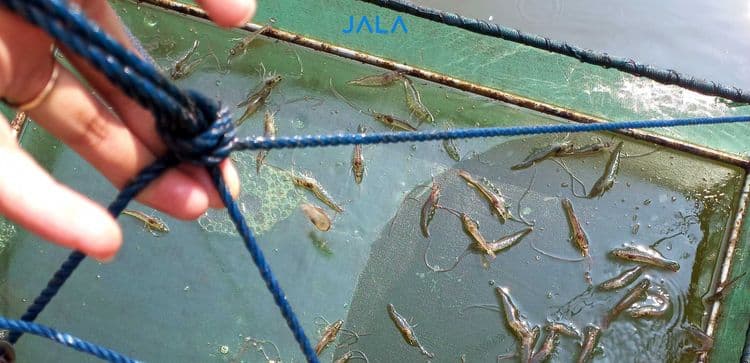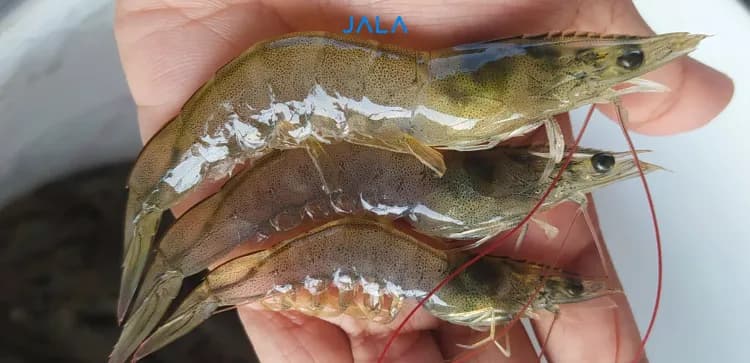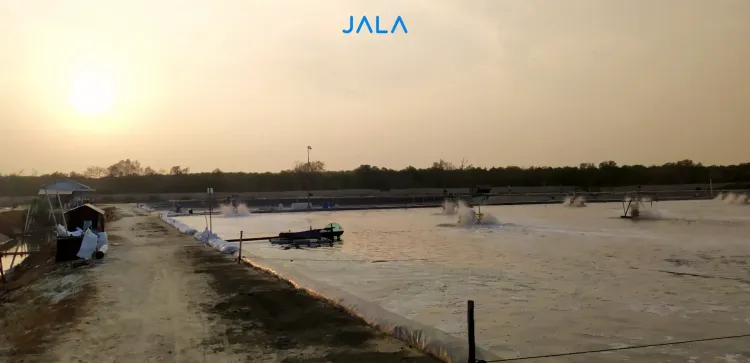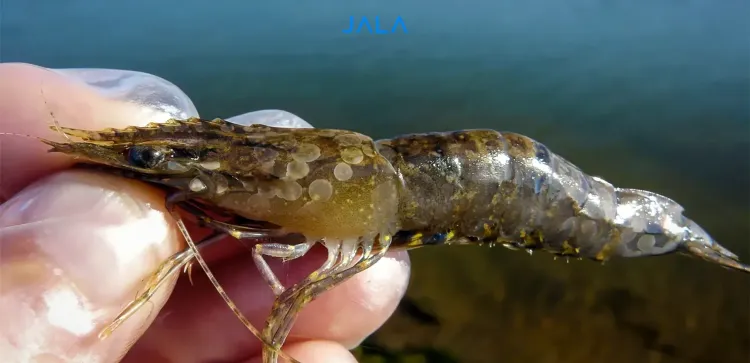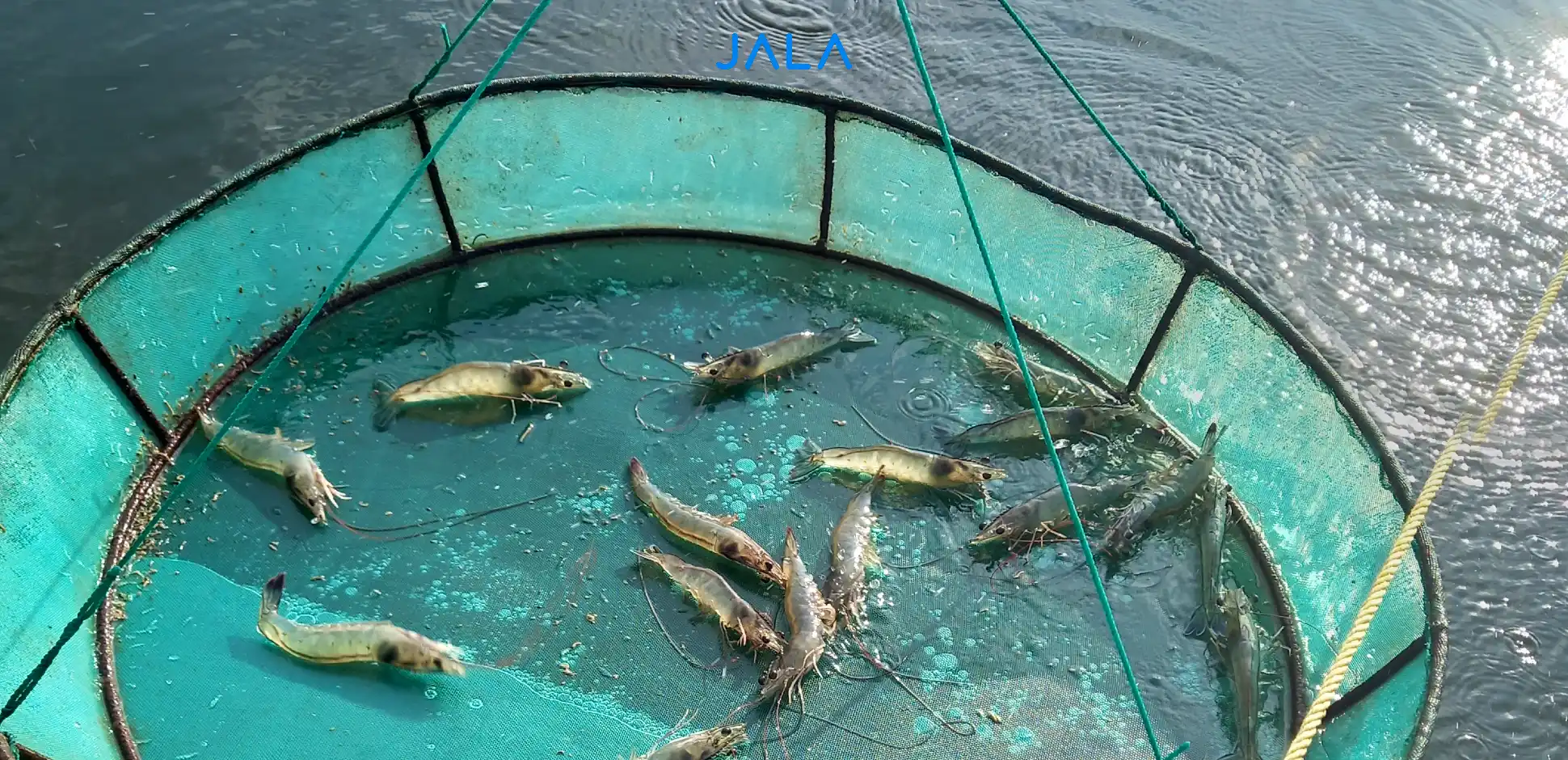
Myo disease or Infectious Myonecrosis Virus (IMNV) is an infection that attacks the striated muscle tissues in shrimp, causing gradual muscle damage and death within 9–13 days after infection. In Indonesia, myo disease was first detected in Situbondo, East Java, in 2006.
The economic losses caused by this disease can be severe. In addition to high mortality rates, shrimp infected with myo often suffer a decline in flesh quality, making them difficult to sell. Shrimp with cloudy or pale muscles have lower market value and are frequently rejected by export markets.
So, what are the symptoms, causes, and ways to prevent your shrimp from getting infected with myo disease? Find out in the sections below!
Symptoms and Clinical Signs of Myo
Shrimp infected with myo typically show visible changes in their muscles, especially in the abdomen area, which becomes pale white or cloudy. These changes are often accompanied by other symptoms such as reduced appetite, lethargic or weak swimming activity, muscle tissue swelling, and increased mortality rates.
In severe cases, the entire muscle tissue may turn grayish white, indicating widespread tissue damage.
Causes of Myo Outbreaks
Myo disease can affect shrimp in grow-out ponds and is commonly triggered by:
- Infected by the IMNV virus, which enters the shrimp's body through direct contact, contaminated pond water, or unsterilized farming equipment.
- Environmental stress caused by fluctuating temperature, salinity, or poor water quality.
- Physical injuries that make shrimp more vulnerable to infection.
- Secondary infections from opportunistic bacteria like Vibrio spp.
- Poor nutrition, particularly deficiencies in essential amino acids and minerals, which weaken the shrimp’s immune system.

